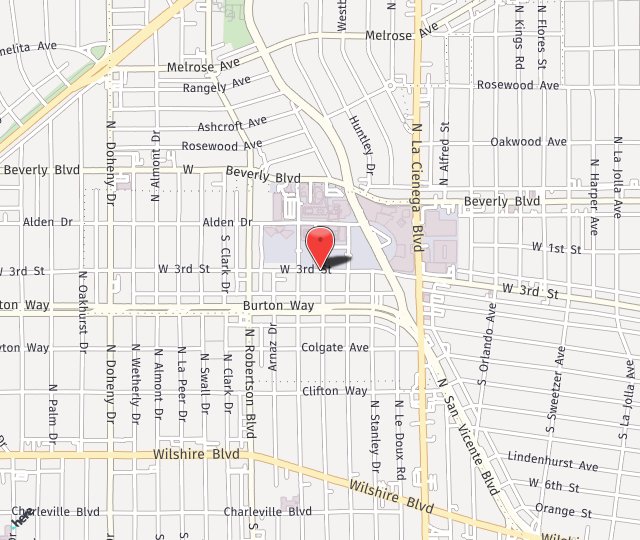The Other Tunnel — the Cubital Tunnel
- Posted on: Jun 15 2018
Everyone has heard of carpal tunnel syndrome, the condition where nerves coming through the wrist are compressed in the carpal tunnel. It can lead to numbness, tingling, and pain in the wrist, thumb, and fingers — carpal tunnel syndrome.
OK, now who has heard of cubital tunnel syndrome? (SFX: crickets chirping)
Yes, although it presents symptoms somewhat similar to carpal tunnel syndrome, cubital tunnel syndrome goes about its nerve compressing deal with little or no fanfare. But that doesn’t mean you don’t need to know about it.
So, here’s the scoop on this “other” tunnel syndrome from Dr. Seruya, who can fix the problem if it comes your way.
What is the cubital tunnel?
The cubital tunnel is a fibrous passage along the inside of the elbow. This is home of the ulnar nerve, which is one of the three major nerves of the forearm and hand. The ulnar nerve has very specific duties, controlling the small muscles of the hand, allowing the fingers to spread apart and straighten at their last joints and the thumb to key pinch. The ulnar nerve controls sensation in the pinky finger and the outer half of the ring finger.
What is cubital tunnel syndrome?
When a person develops cubital tunnel syndrome, the fibrous passageway that the ulnar nerve runs through becomes narrower along the inner side of the elbow. This limits the space and leads to compression of the nerve.
What are the symptoms of cubital tunnel syndrome?
Symptoms begin to show after a period of compression in the cubital tunnel. The person will begin to experience numbness and tingling in his or her pinky and the pinky side of the ring finger. If allowed to continue or in more severe instances, this ulnar nerve compression can lead to weakness of thumb key pinch and finger straightening and a loss of muscle mass between the bones of the back of the hand. Symptoms usually will be worse if the elbow is bent, as this position stretches the ulnar nerve. Waking with numbness in the pinky and side of the ring finger, particularly after sleeping with the elbow bent, is a telltale sign of cubital tunnel syndrome.
What causes cubital tunnel syndrome?
Risk factors for cubital tunnel syndrome include jobs where a person holds his or her elbow in a bent position, obesity, diabetes, and trauma to the inner side of the elbow. These conditions lead to swelling in the fibrous passageway, compressing the nerve. Scar tissue can form as a result of the pressure, replacing the natural outer insulation of the nerve, the myelin. Myelin is critical for electrical signal transmission to the muscles that the ulnar nerve controls.
How is cubital nerve syndrome treated?
As a nerve specialist, Dr. Seruya can diagnose and treat cubital tunnel syndrome. Treatment usually begins with elbow splinting to keep the arm in a straight position, relieving pressure on the nerve. Non-steroidal anti-inflammatory drugs may be used to reduce swelling and inflammation. For obese patients, diet, exercise, and stretching will be used. For diabetics, glucose control can reduce inflammation. In some cases, these measure don’t alleviate the compression, so Dr. Seruya will perform nerve decompression surgery. The goal of this surgery is to give the nerve and its blood supply enough room so that the myelin can regenerate.
Are you experiencing numbness in your pinky and outer half of your ring finger? You may have the beginnings of cubital tunnel syndrome. Call Dr. Seruya at (310) 423-2129 to make an appointment to have him check it out.
Posted in: Cubital Tunnel Syndrome


